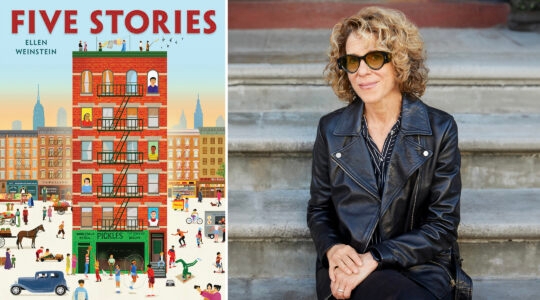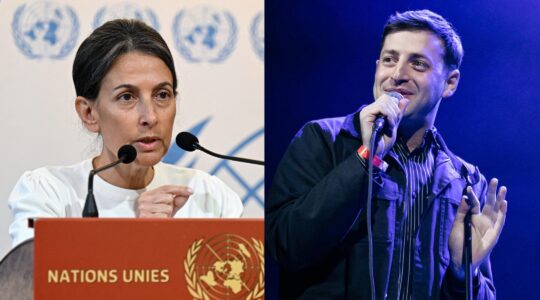A year ago, JTA reported on the growing influx of Arabs into Jerusalem’s Jewish neighborhoods. They’re moving, Dina Kraft wrote, to improve their quality of life (Jewish Jerusalem is much less crowded and better serviced than Arab Jerusalem), to avoid the inconvenience of living on the wrong side of the West Bank security fence and to ensure they don’t lose their valuable Jerusalem ID documents (which require Jerusalem residency).
Now the Toronto Globe and Mail follows up with a story about Jerusalem Arabs moving into another area of Jerusalem, Pisgat Ze’ev, a picturesque neighborhood in eastern Jerusalem named for Ze’ev Jabotinsky, the father of the right-wing Zionist revisionist movement, and built on land captured by Israel in the 1967 Six-Day War.
New Israeli regulations require anyone wanting the benefits of a Jerusalem ID (effectively Israeli citizenship, with health care and other benefits) to actually live in Jerusalem, which includes Pisgat Ze’ev. No longer can families move outside the city, where they are able to build bigger homes, and maintain their Jerusalem documents. As a result of this, and the wall that now separates Jerusalem from the West Bank, Palestinians flooded back to the city and overwhelmed what little housing there was. Unable to build – homes built without permits are routinely demolished – they looked elsewhere.
"They soon found there were lots of flats available in Pisgat Ze’ev," Mr. Natsheh said, "and no law to prevent them from buying."
The neighbours have not always reacted well to Arabs moving into their building. "They were pretty cool to me," Mr. Majlaton recalled. "But no one tried to stop me."
Surely the creation of mixed Arab-Jewish neighborhoods in Jerusalem was not the intention of the builders of the West Bank security barrier, or those who supported its construction — nor was it the intended consequence of new regulations requiring Arabs who want to retain their Jerusalem residency (Palestinians from eastern Jerusalem who refuse Israeli citizenship may hold Jerusalem ID cards that grant them many of the rights of Israeli citizens).
But it’s happening nonetheless. And though many Jews are upset by this phenomenon, Jewish and Arab residents are, for the most part, learning to live with each other. Could these mixed neighborhoods be a sign of the future of Arab-Jewish relations in the Jewish state?
Incidentally, it’s not only happening in Jerusalem. It’s also happening where Jewish neighborhoods or towns abut crowded Arab cities, such as in Upper Nazareth (which JTA’s Dina Kraft wrote about in November).





